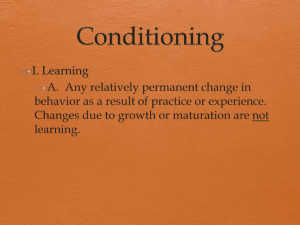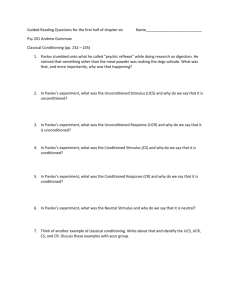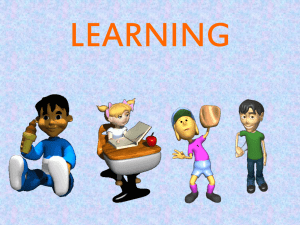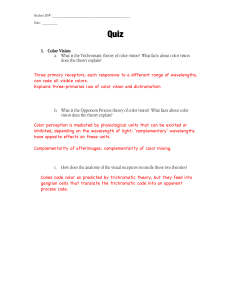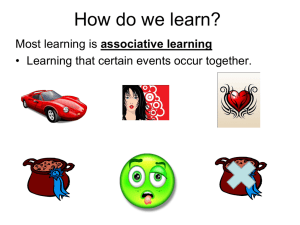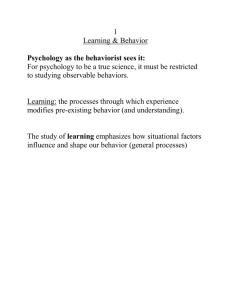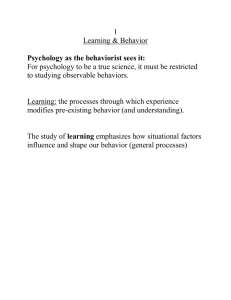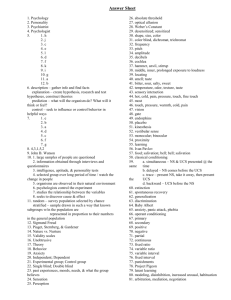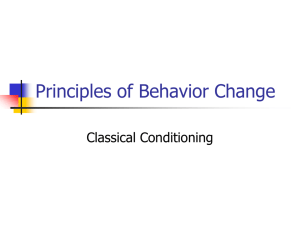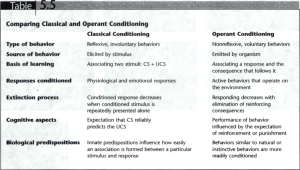learning - AP Psychology Community
advertisement
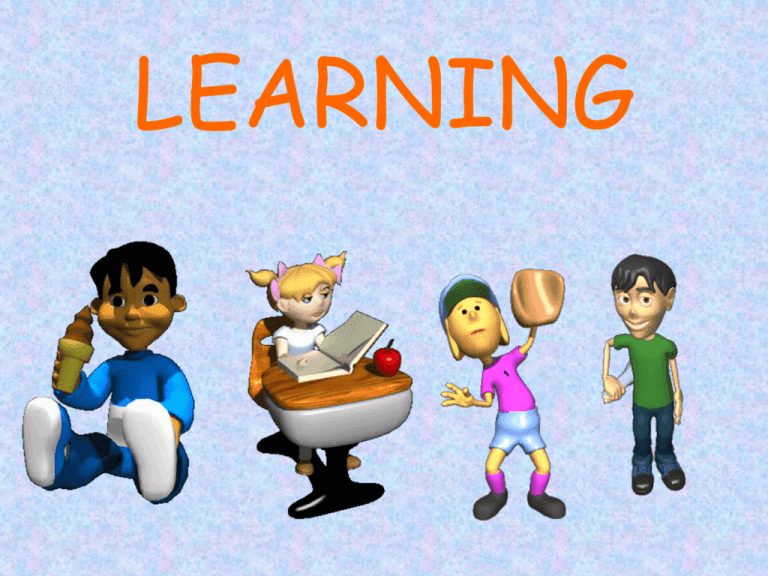
LEARNING How do we learn? Most learning is associative learning • Learning that certain events occur together. Three Main Types of Learning Classical Conditioning Operant Conditioning Observational Learning Latent Learning Abstract Learning Insight Learning Classical Conditioning It all started with: Ivan Pavlov Unconditioned Stimulus (UCS): a stimulus that naturally and automatically triggers a response. Unconditional Response (UCR): the unlearned, naturally occurring response to the UCS. Conditioned Stimulus (CS): an originally irrelevant stimulus that, after association with the UCS, comes to trigger a response. Conditioned Response (CR): the learned response to a previously neutral stimulus. Come up with your own examples of Classical Conditioning Pavlov spent the rest of his life outlining his ideas. He came up with 5 critical terms that together make up classical conditioning. • Acquisition • Extinction • Spontaneous Recovery • Generalization • Discrimination Acquisition • The initial stage of learning. • The phase where the neutral stimulus is associated with the UCS so that the neutral stimulus comes to elicit the CR (thus becoming the CS). Does timing matter? •The CS should come before the UCS •They should be very close together in timing. Extinction • The diminishing of a conditioned response. • Will eventually happen when the UCS does not follow the CS. Is extinction permanent? Spontaneous Recovery • The reappearance. After a rest period, of an extinguished conditioned response. Generalization • The tendency, once a response has been conditioned, for stimuli similar to the CS to elicit similar responses. Discrimination • The learned ability to distinguish between a CS and other stimuli that does not signal UCS.
